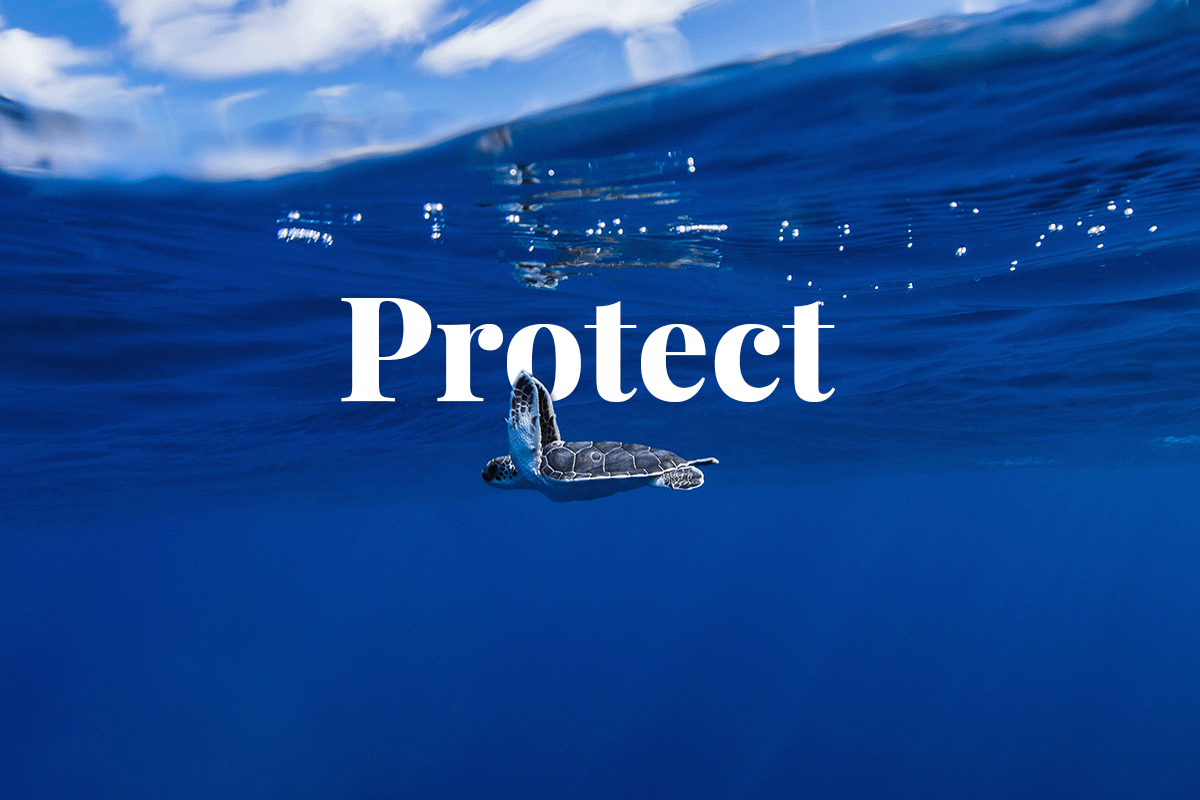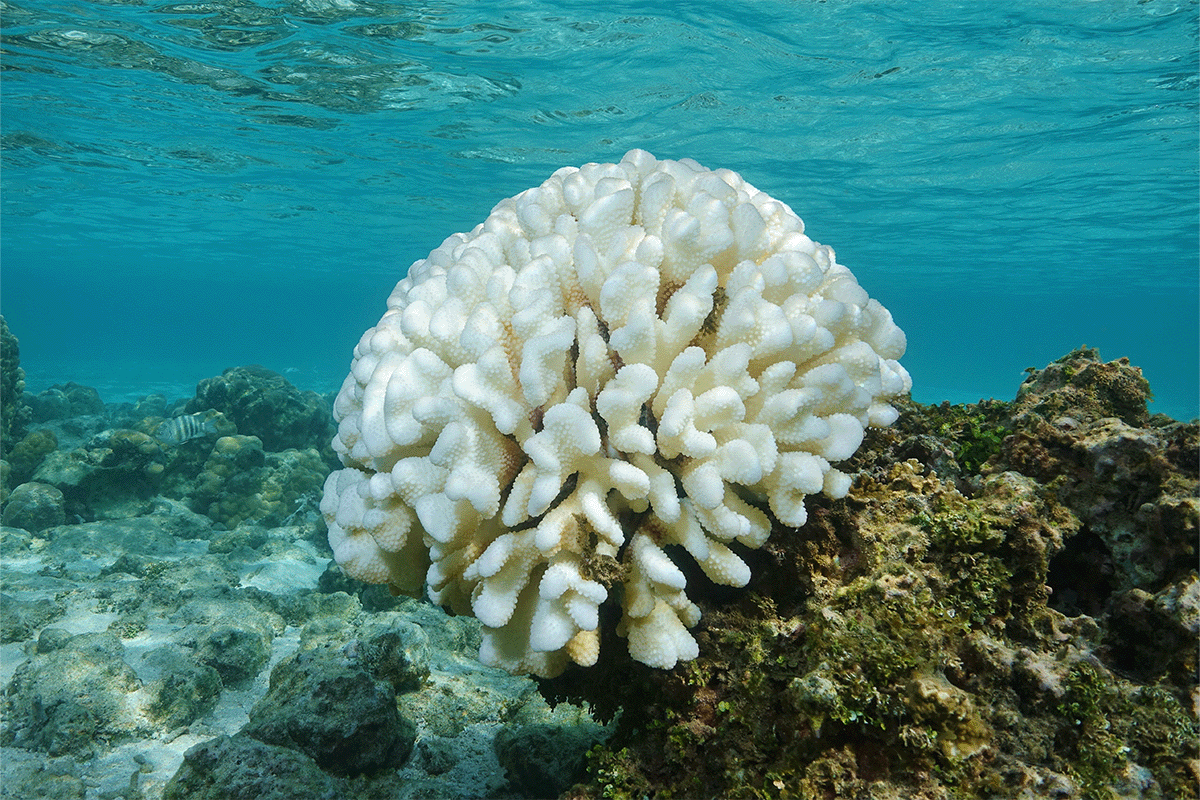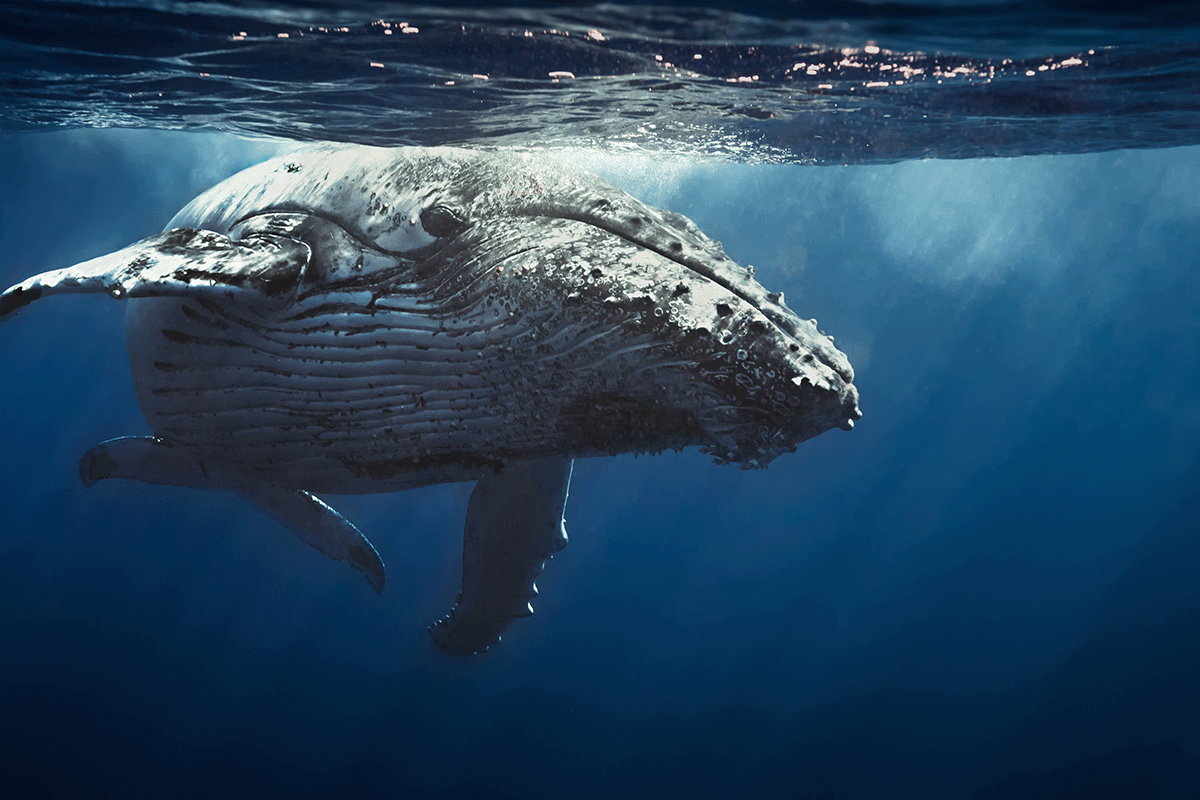Biodiversity loss in the oceans is one of the most pressing environmental issues of our time. While a changing climate is a major factor driving this loss, it is important to recognise the other human activities that contribute to it, such as unsustainable fishing practices and plastic pollution. The impacts of biodiversity loss on marine ecosystems are severe, affecting not only marine species but also the livelihoods and well-being of millions of people who depend on the ocean for food and other resources.

Impacts of biodiversity loss in the oceans
One of the most visible impacts of biodiversity loss in the oceans is coral bleaching, which is caused by rising ocean temperatures. Coral reefs are among the top biodiverse ecosystems on earth, supporting almost one-quarter of all marine species. When coral reefs bleach, they become more vulnerable to disease and death, which leads to the loss of entire reef ecosystems. The Great Barrier Reef, for example, has experienced three mass bleaching events in the past five years, killing about half of the coral in the northern and central sections of the reef.
 Corals in the process of bleaching in the Maldives.
Corals in the process of bleaching in the Maldives.
Species displacement is another significant impact of biodiversity loss in the oceans. The increase in sea temperature forces species to migrate to cooler waters in order to survive, disrupting the delicate balance of marine ecosystems and leading to further declines in biodiversity. Additionally, unsustainable fishing practices, such as overfishing and bycatch, have a devastating impact on marine ecosystems. Overfishing, for instance, is estimated to be occurring at biologically unsustainable levels in 34% of fish stocks. This can lead to the loss of biodiversity, as some species are unable to adapt to the changing conditions and then go extinct.
Use our carbon calculator to discover your footprint
How can marine life be protected?
 Humpback whale spotted at Cabo Pulmo National Marine Park (Mexico).
Humpback whale spotted at Cabo Pulmo National Marine Park (Mexico).
One effective strategy for protecting the oceans is the creation of marine protected areas (MPAs). These are designated regions of the ocean where human activities, such as fishing or oil and gas development, are restricted or prohibited in order to protect and conserve marine life and habitats. MPAs can help to preserve biodiversity, rebuild fish populations, and protect vulnerable species such as sea turtles and sharks.
Unsustainable fishing practices, such as overfishing and bycatch, have a devastating impact on marine ecosystems. The Food and Agriculture Organization of the United Nations (FAO) estimates 34% of fish stocks are being fished at biologically unsustainable levels and up to 40% of the world's catch is taken from unregulated and unreported fishing.
Sustainable fishing practices, like catch quotas and gear restrictions, help protect marine life and rebuild fish populations. Fishing gear is responsible for the deaths of around 275,000 cetaceans (whales, dolphins, and porpoises) annually and more than 300,000 sea turtles. By eating sustainably sourced seafood, we can help reduce overfishing and protect vulnerable marine species.
Learn more about blue carbon credits
Compensating for plastic use
Finally, it is crucial to reduce plastic pollution in the oceans. Plastics entangle and suffocate marine animals and are often mistaken for food by birds and fish. More than 800 marine species are known to be affected by plastic pollution. The World Wildlife Fund (WWF) estimates that plastic debris in the oceans kills 1 million seabirds and 100,000 marine mammals each year. Reducing single-use plastics, such as straws and plastic bags, and properly disposing of plastic can help reduce plastic pollution in the oceans.
There is a positive impact to be enacted on the environment through plastic offsetting. DGB offers a unique solution to help reduce your environmental impact and compensate for your plastic use: plastic offsetting. Our plastic-offsetting programme allows you to offset the impact of plastic on nature and biodiversity. Each plastic credit purchased represents 1,000 kg of plastic cleaned up and recycled.
Read more: The ultimate guide to plastic credits
When you participate in our plastic-offsetting programme, you are making a positive impact by decreasing the amount of plastic waste that harms marine life and disrupts fragile ecosystems. Furthermore, you are supporting initiatives that remove plastic from the environment and prevent it from ending up in oceans and other habitats. The responsibility to protect oceans and marine life falls on all individuals and businesses, regardless of their proximity to the coast. By compensating for your plastic use, you can make a difference and positively impact the environment.
Contact us to find out more about our plastic offsets



